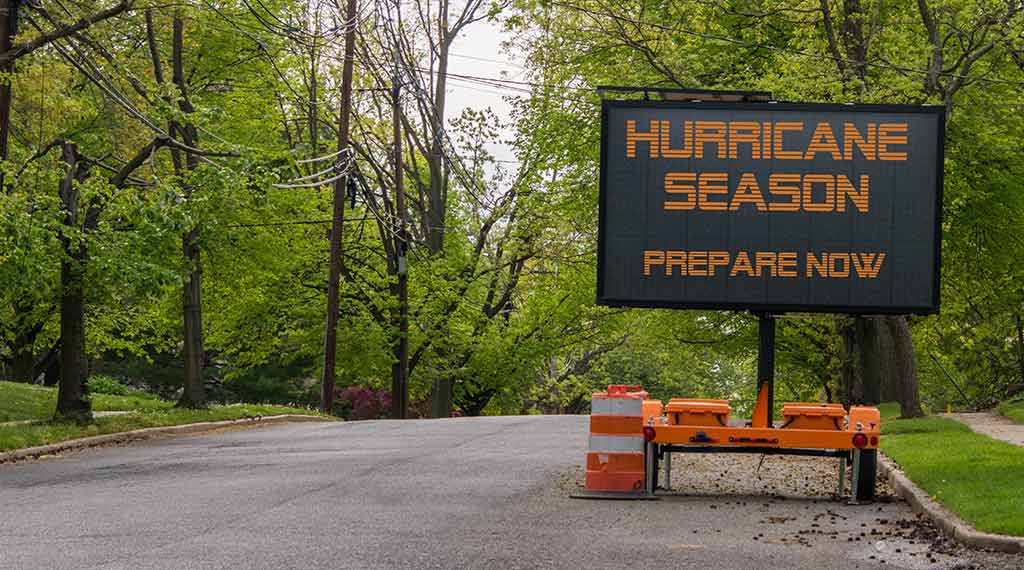September is National Preparedness Month: Look to Waldo County Maine for inspiration

In 2004, the U.S. government, through the Federal Emergency Management Agency (FEMA) established September as “National Preparedness Month.” September was selected it as the peak of hurricane season and also because it is the month when Americans remember the terrorist attacks that took place on September 11, 2001.
Preparedness for both naturally occurring disasters and manmade attacks is exactly what our nation’s emergency management professionals should be focused on, as Florida’s recent successful response to Hurricane Idalia recently demonstrated.
True emergencies are rarely so accommodating as to last only so long as your personal 72-hour kit or your agency’s 30-day Continuity of Operations (COO) plan allows. True preparedness means being able to continue carrying out your duties regardless of the severity, or the duration, of an emergency.
A common thread associated with both natural and manmade disasters is the prospect of widespread long-term loss of power. Prudent emergency management professionals ought to think ahead about how they can prepare both their agencies, and their communities, to survive without electricity for a realistic period without a fully operational electric grid.
Fortunately, one county in the United States serves as a shining example of this realistic approach: Waldo County Maine. Under the leadership of a veteran military officer and experienced emergency manager, this rural community has created a “model of resilience” that ought to be replicated in as many counties across the nation as possible. We recently had a chance to explore the county’s newly built Off Grid Emergency Operations Center. We could not have been more impressed, and we think you will be too.
Read the Center for Security Policy’s recent report about Waldo County, HERE.
- The Bad News and the Good News about America’s Electric Grid - December 3, 2025
- Placing Speed to Power on a Firm Foundation - November 26, 2025
- On Veterans Day, remember: weak generals aren’t the voice of all who served - November 11, 2025
